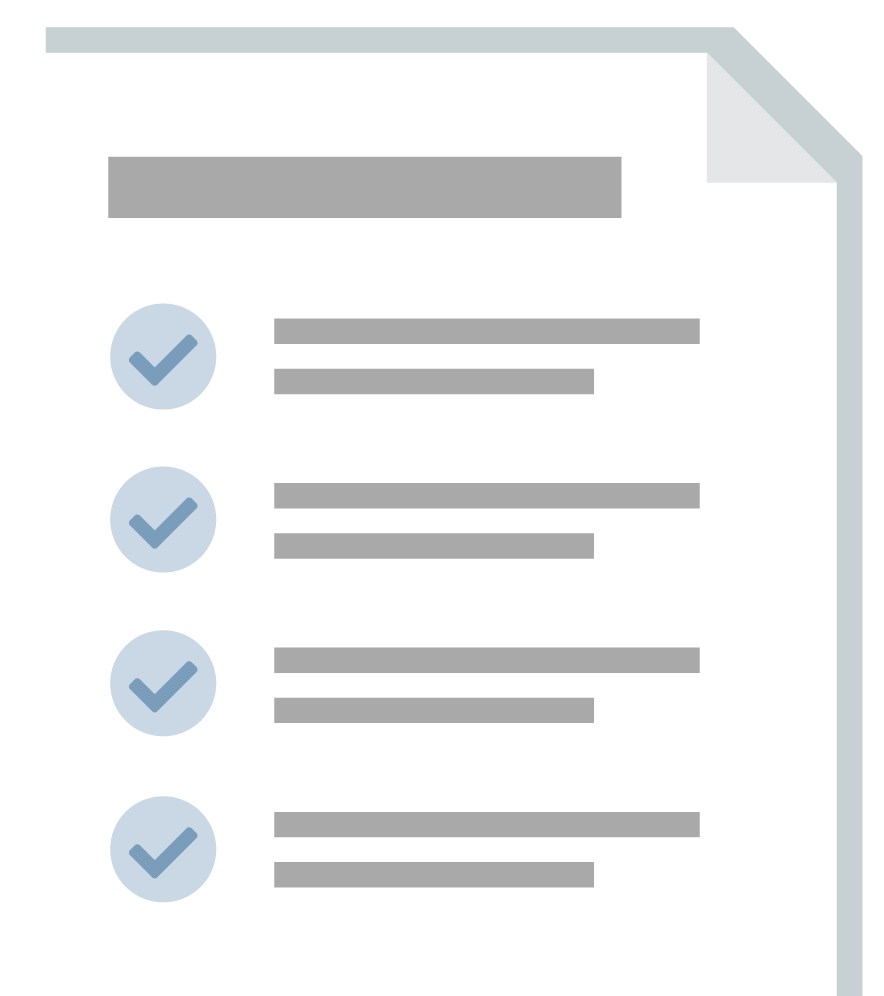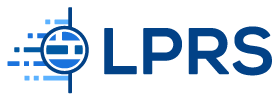Impact of Equipment Lease Accounting Standards
The recent changes to the Accounting Standards Codification Topic 842: Leases (ASC 842), issued by The Financial Accounting Standards Board (FASB), mean that significant equipment leasing expenses may continue to be unreported. Simply stated, the accounting standards have increased financial risk by failing to provide the promised improvement in visibility to the economic substance of the obligations – which will result in higher than anticipated costs for public and private entities.
Are you aware of how these changes affect the visibility to leasing’s impact on your financial performance, and do you know what steps to take to avoid additional cost and risk?
How to Avoid Financial Blind Spots Created by These Changes
One of the most important objectives of the new accounting rules was to increase transparency lacking in prior guidance, and to provide a more reliable representation of the economic substance of leasing transactions. Because the new standard does not capture all of the costs associated with equipment leasing, and because these costs can be material, it is necessary to evaluate the financial performance of your equipment lease program.
The experts at LPRS can help you achieve the promised financial transparency by working with you to adopt equipment lease financial analysis best practices.
Equipment Leasing Accounting: Then and Now
While capital leases are required to appear on your company’s balance sheet, many leases over the past 40 years have been classified as operating leases, and as such, have remained off the balance sheet. The new standard requires the regular term rent of most of these traditional operating leases to be reported on the balance sheet.
Leasing companies are responding to these changes in a number of ways. They are:
- Getting creative in structuring the lease terms to the extent that the standards allow, to keep the status quo and allow lessees to have most equipment leases off the balance sheet.
- Taking full advantage of ASC 842, which allows for various costs at the beginning and end of lease, including interim rent payments, retainable deposits, extensions, and damage charges, to continue to remain off the balance sheet.
- Developing a variety of lease structures, such as simple 12-month rental agreements with substantial and virtually automatic extensions, that can be excluded from the balance sheet and are designed to exploit the new rules.
What it means for your organization
Rental or lease structures can affect both your organization’s key financial ratios and financial performance. Financial reports do not always fully capture leasing’s impact on financial performance. Understanding the impact of these structures on your business operations is key to the financial health of your organization now and in the future.
Visibility Gap©
While ASC 842 does provide a better representation of a company’s lease transactions, its intended goal of full transparency of the financial implications of these transactions has not been achieved. This lack of transparency creates a visibility gap, which in many cases can be surprisingly large.

In some cases, the visibility gap can reach 100%, meaning that the entire economic substance of your equipment lease remains hidden on your company’s financials, thus providing no transparency. What this means:
- Depending on the structure and definitions in the contract terms and conditions of a lease agreement, many costs continue to remain off the balance sheet.
- These expenses include some of the most risky and highest exposure and cost elements of an equipment lease, such as interim rent, extensions, and damage charges.
- ASC 842 contains a short-term lease loophole, which may allow 100% of the lease costs to remain off the balance sheet through creative lease structures.
Measuring the visibility gap in your financials is the key to achieving full transparency into the economic substance of your organization’s equipment lease obligations.
Understanding the exposure to unreported costs and implementing best practices to avoid blind spots on your balance sheet will help you mitigate additional risk and keep your company’s investors happy.
The implementation of ASC 842 is a great opportunity for you to evaluate the total cost of your equipment leasing program and understand your visibility gap. At LPRS, we can help you navigate the financial impact of the new accounting rules and establish an organization-wide, best practices-based equipment leasing program.

